While many fees for accessory dwelling units (ADUs) less than 750 square feet will be waived automatically according to SB13 (more on that below), it is often the case for larger units that fees can approach $20,000. This is typically a combination of sewer connection fees, school fees, and plan check & permit fees.
To encourage construction of ADUs, some municipalities have adopted ordinances which seek to waive or reduce many of these fees. These can lead to enormous time and money savings for homeowners looking to build a guest house on their property. Read on to learn more about fee waivers, SB13, and what this means for you.
Do I need a permit to build an ADU in California?
Yes, you will need to obtain a building permit for an accessory dwelling unit. Each city has slightly different requirements for obtaining a permit, and you can read more about each city’s ADU regulations.
How much do ADU permits cost?
A good rule of thumb is that a homeowner will need to pay $8-12/sqft in total fees to the municipality and other government agencies when building an ADU, though this varies by city and ADU size. Below is the typical range for all the permits & fees associated with building an ADU in each city.
TABLE: ADU Permit Fees per Square Foot by City – Greater San Diego
| City | $/sqft |
| Carlsbad | 8-15 |
| Chula Vista | 8-10 |
| Coronado | 8-12 |
| County of San Diego | 15-18 |
| Del Mar | 8-12 |
| El Cajon | 12-14 |
| Encinitas | 2-4 |
| Escondido | 6-8 |
| Imperial Beach | 8-10 |
| La Mesa | 8-10 |
| Lemon Grove | 8-10 |
| National City | 10-12 |
| Oceanside | 9-11 |
| Poway | 4-8 |
| San Diego | 15-18 |
| San Marcos | 10-14 |
| Santee | 3-5 |
| Solana Beach | 8-10 |
| Vista | 10-16 |
What fees do I have to pay when building my ADU?
There are three main fees associated with the build of your accessory dwelling unit: plan check fees, building permit fees, and impact fees. Let’s dive into what each type of fee entails.
What is a plan check fee?
Plan check fees involve payment for the assembly and printing of your ADU build plans before they are submitted to the city. Most cities in Greater San Diego will allow for digital submission of plans, which is cheaper as well as more efficient. However, a few cities (namely Carlsbad, Vista, Chula Vista, San Diego County, Escondido, Poway, and Solana Beach) still require in-person plan submission. In-person submission means several hundred dollars in printing costs, plus labor to drop off and pick up plans.
What is a building permit fee?
The building permit fee is the cost incurred when you submit your building plans to your city for permitting. This is required by your city for both plan review and permitting, which allows your city to ensure your build is safe, legal, and possible in your area. The County of San Diego has listed the plan review fee for accessory dwelling units as $1,565 plus an additional $0.331 per square foot. For permitting, the permit fee is listed as $1,287 plus $0.433 per square foot.
What is an impact fee?
The term “impact fee” is an umbrella statement for the fees cities will charge homeowners when they choose to build a new dwelling. Jurisdictions charge for use and upkeep of the various features available to city residents. Let’s break down the different types of impact fees:
- Sewer Impact Fees: Sewer impact fees are levied to cover the costs associated with connecting a new dwelling to the municipal sewer system. This fee contributes to the maintenance and expansion of the sewer infrastructure, ensuring it can adequately support the increased demand from the new unit.
- Water Impact Fees: Similar to sewer fees, water impact fees are charged for connecting the ADU to the city’s water supply. These fees help fund the water infrastructure, including treatment plants and distribution networks, to ensure a reliable and safe water supply for all residents.
- School Impact Fees: These fees are specific to new builds and are used to fund the renovation or expansion of public schools in the area. The goal is to ensure that local educational facilities can accommodate the growing population resulting from new housing developments.
- Development Impact Fees: These fees are related to the overall expenses of property development. They cover the use of resources and services necessary during the construction process, such as planning, inspection, and public works.
These fees will all vary significantly based on the jurisdiction and zones in which your property is located.
What ADU fees has California waived with SB13?
Passed in 2019, SB13 refers to legislation passed state-wide in California that prevents jurisdictions from enforcing an impact fee for a dwelling less than 750 square feet. The specific fees that are waived under SB13 depend largely on the size and location of your ADU.
Your city has to present their fees to city council for review every year, in order to monitor how much they are charging residents. Should you be offered a fee waiver, this just means your city is electing not to follow the city council fee program. This has to be done legislatively, which is where the state mandate comes in to play. This denotes that impact fees under certain square footage do not apply, because the dwelling is theoretically not large enough to make a significant impact on the neighborhood and its amenities. Therefore, for ADUs under 750 square feet, the city cannot charge for those fees.
What are the requirements for an accessory dwelling unit fee waiver?
Beyond the fees that have automatically been waived by the state, additional fee waivers and reductions from an individual city typically come with strings attached. Municipalities will often place conditions such as having the ADU occupied by a family member, a caretaker or a low-income tenant. In some cases, these conditions are required to be recorded against the property to ensure compliance. The work involved to obtain these waivers or reductions is relatively inexpensive, merely requiring the time to complete forms and have them notarized and/or recorded. It should be noted that not all municipalities offer such programs and those that do are unique to each municipality.
What are the steps for getting an ADU fee waiver? Should I get my ADU plans done first?
The process for obtaining a fee waiver is pretty simple. It typically involves completing a few forms, which are unique to each municipality. Then one must have one or more of the forms notarized, then submit them for the municipality to review and record on the owner’s behalf. Often these forms will request additional documentation, such as a written statement describing who will occupy the ADU (for example stating that a caregiver or family member will be the occupant) or financial information such as tax returns or pay stubs from the occupant to demonstrate qualification of low-income.
In order to request the waiver, a complete set of plans must be submitted and be in the process of plan check. This is because the fees and the waiver of those fees are tied directly to a potential building permit. If having the fees waived is a determining factor in advancing your project, it is possible to reach out the municipality in advance to better understand how and to what extent they offer waivers.
What cities offer ADU fee waivers?
Encinitas and Vista offer fee waivers, and each jurisdiction has its own benefits.
ENCINITAS ADU FEES & WAIVERS
For example, Encinitas has waived all impact fees except sewer impact for ADUs over 750 square feet, and school impact fees for ADUs over 500 square feet. Thus, if you choose to build a 600 square foot ADU in Encinitas, you will have to pay school impact fees but you will not have to pay sewer impact fees.
VISTA ADU FEES & WAIVERS
The city of Vista allows homeowners building an ADU over 750 square feet to apply for a fee waiver (those under 750 square feet automatically have waived fees). Homeowners have the opportunity to have the Fire Protection, Park, Public Facilities, and Streets and Signal Development Impact Fees waived, which can translate to more than $15,000. The process to take advantage of this opportunity is outlined on Vista’s ADU website.
Any ADU may apply for this waiver, which may be granted if the following criteria are met:
- ADU must be occupied by an eligible household for ten years from issuance of the certificate of occupancy
- Eligible households can be either:
- Lower income household that has a gross income below 80% of the San Diego County median income (as of 2023, the AMI for San Diego County is $116,800)
- Family member or caregiver providing regular care to an owner or occupant of the primary unit
- Owner must provide to the city a “Covenant Agreement Restricting Occupancy,” which will be recorded by the city
Read more about how to complete the Vista ADU Fee Waiver Program.
How will fees affect the cost of my build?
Cities are only allowed to charge as much as city council allows them to, so there is little to no chance fees will change during your build. Homeowners are made known of the costs early on, and many contractors will automatically add those costs into your overall build price so you know what to expect from the start. Cities can only charge a proportional amount of fees based on your ADU size. That being said, it is important to take fees into account when deciding on the floorplan and size of your ADU. Notably, if you are considering a smaller unit, opt for 750 square feet (vs going up to 800).
How much does an ADU permit cost in San Diego?
For an idea of what to expect on fees related to permitting & building your ADU, check out our example for the City of San Diego below. Note that Plan Check fees would be due upon submission of your plans, while Impact & Permit Fees would be paid upon issuance of permit or during the inspection process.
| CITY OF SAN DIEGO | Example Fees by Size of ADU (sqft) | |||||
|---|---|---|---|---|---|---|
| Type of Fee | Fee Rate | 499 | 749 | 999 | 1199 | |
| Plan Check | Plan Check Fees | $1,413.78 + $1.70 / sqft (>500 sqft) | $1,414 | $1,837 | $2,262 | $2,602 |
| Coastal Dev. Permit | Up to $16,500 in coastal zone | |||||
| Historic Review (45+ yrs old) | $216 | |||||
| Impact Fees | School Impact Fees | $4.08 / sqft (>500 sqft) | $ 0 | $3,056 | $4,076 | $4,892 |
| Water Impact / Capacity Fees | $1,524 | $1,524 | $1,524 | $1,524 | $1,524 | |
| County Water Capacity Fee | $3,515 when new water meter installed | $0 | $0 | $0 | $3,515 | |
| Sewer Impact / Capacity Fees | $2,577 | $2,577 | $2,577 | $2,577 | $2,577 | |
| Sewer/Water – New Meter | $488 | $488 | $488 | $488 | $488 | |
| Misc. Fees | $172 | $172 | $172 | $172 | $172 | |
| Permits | Building Permit / Inspection | $1,450.67 + $1.10 / sqft (>500 sqft) | $1,451 | $1,725 | $2,000 | $2,220 |
| TOTAL | $7,626 | $11,379 | $13,099 | $17,990 | ||
Water and sewer capacity charges in San Diego
The San Diego County Water Authority (CWA) is a separate agency from the City. CWA charges a CWA Water System capacity fee and a Water Treatment Capacity fee when a new water meter is installed. These fees are based on the size of the water meter to be installed. On projects where an upsized meter is required, the homeowner will be charged for each new meter. The fees are as follows:
- Less than 1”: $5,700 + $159 = $5,859
- 1”: $9,120 + $254 = $9,374
- 1.5”: $17,100 + $477 = $17,577
In situations where the meter replaces a smaller meter, they only charge the difference. Example: going from a 3/4” to 1” would be $3,515 ($9,374 – $5,859).
You can also reference the City of San Diego’s Bulletin on Water and Sewer Fee Calculation, and the San Diego County Water Authority’s Capacity Charges.
Fees and regulations are constantly changing
The insights shared in this technical blog stem from our vast expertise in the field, encompassing hands-on experience in design, development, and implementation. While we are committed to delivering accurate and current information, it’s crucial to recognize the dynamic nature of the ADU space, which may lead to changes that could affect the details covered in this blog.
SnapADU strives to empower our readers with valuable insights and practical knowledge to navigate the continually evolving landscape of accessory dwelling units. We invite you to connect with our experts for personalized guidance and to remain informed about the latest advancements in the field. By staying engaged with us, you can ensure that you’re equipped with the most up-to-date information to make informed decisions in your ADU journey.
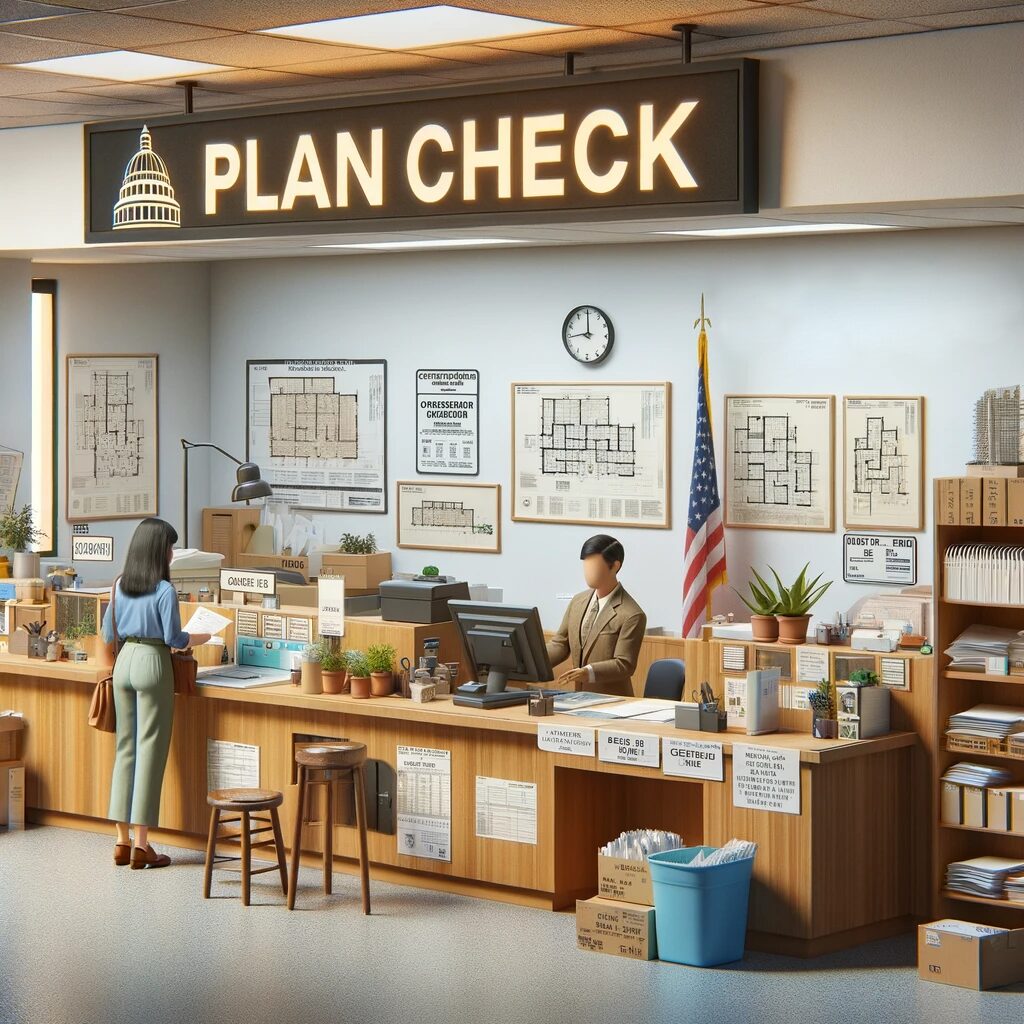
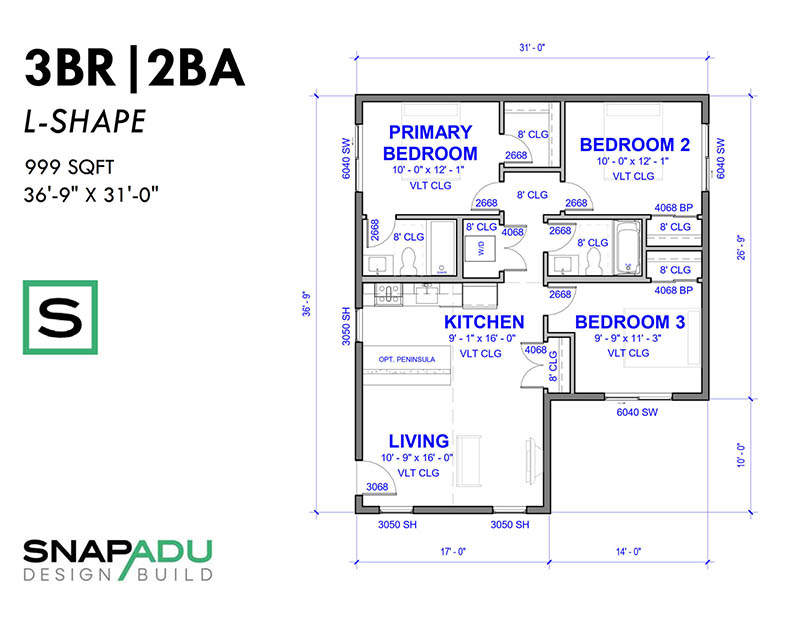
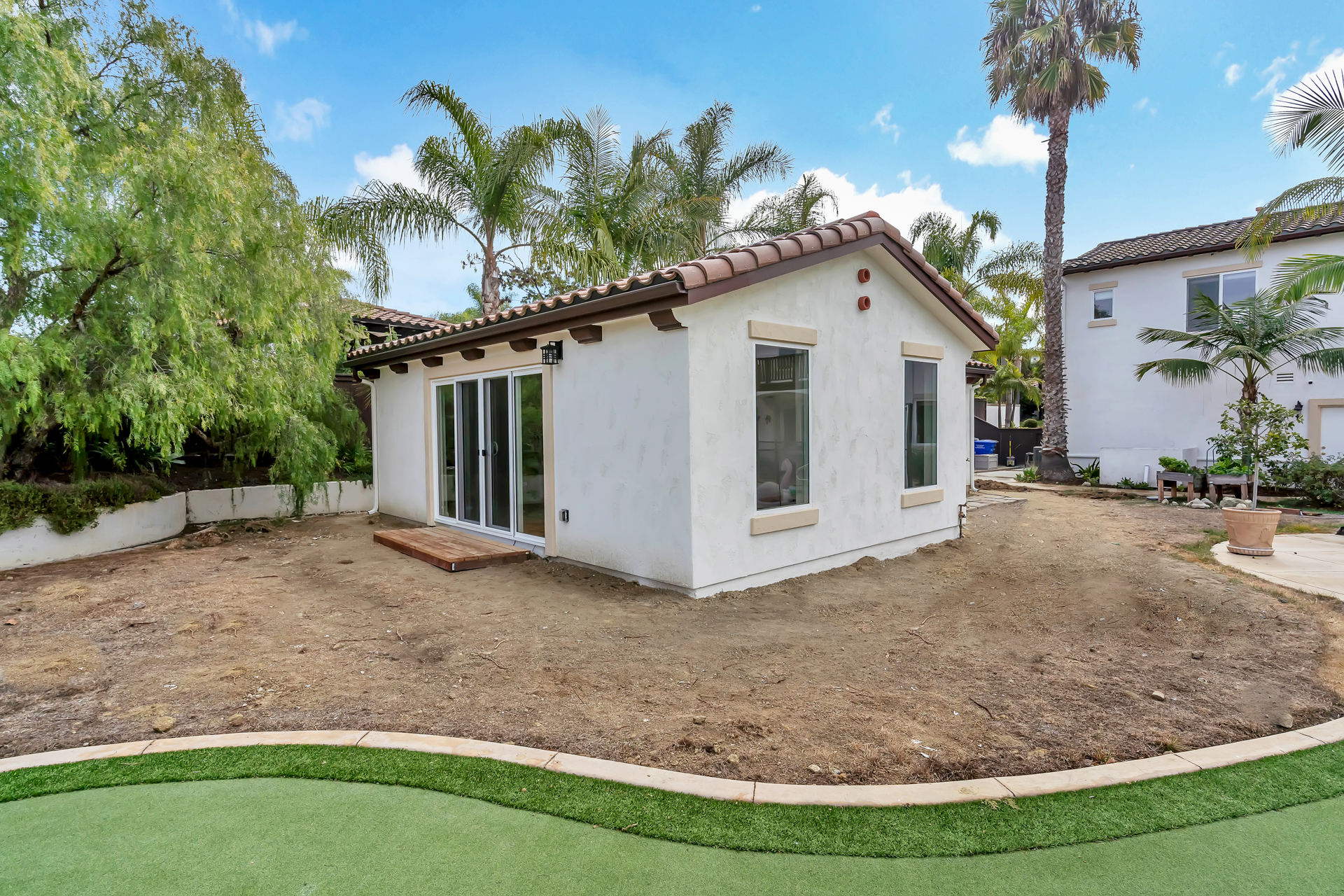
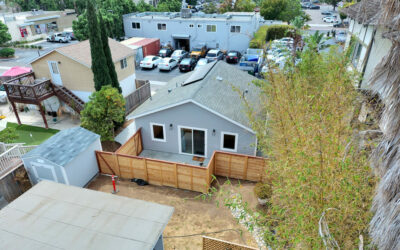
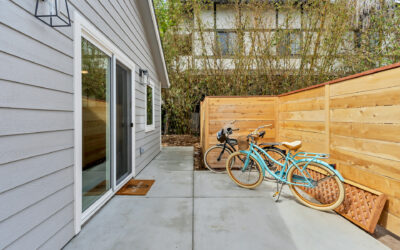
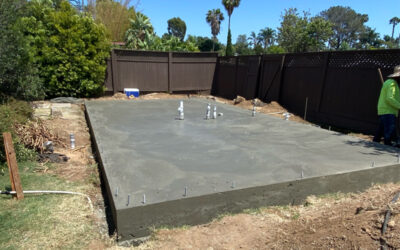
I am trying to buy two adjacent vacant lots in San Diego, CA. They are graded and seemingly have Power, Approval for septic, and water easement access. I am trying to put a 600 SF ADU on each one, but don’t have any clue about hidden fees. This article helped me think about permits and actual cost, but what, other fees might I encounter during this process?
Glad our material is helpful! If the lots are vacant, the structures you build will be considered primary dwelling units. An ADU can only exist if there is already a primary home on the lot. Check out our SB9 article, which lists some new home development costs.